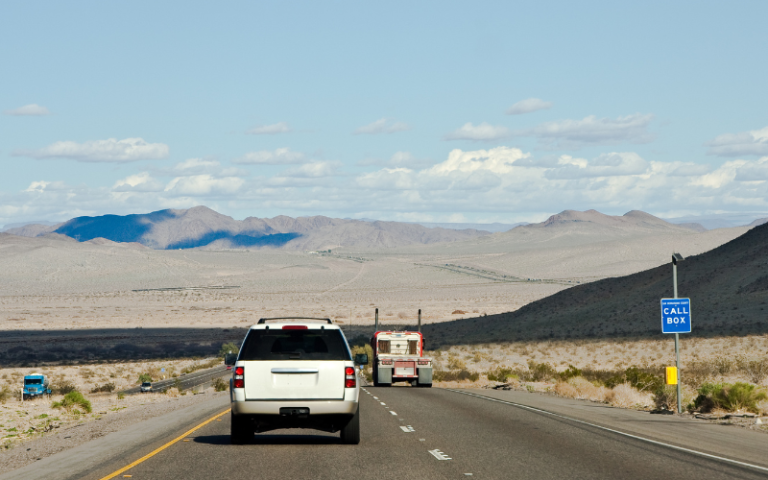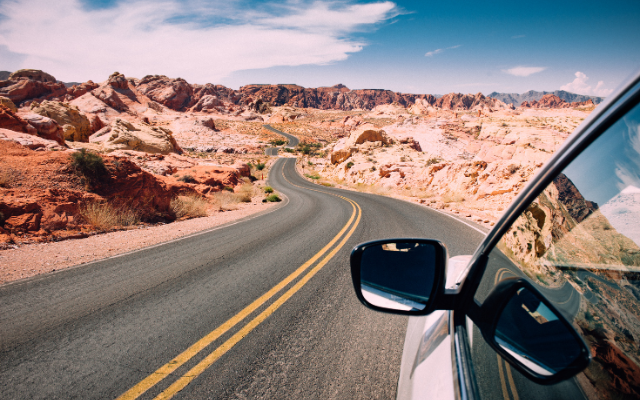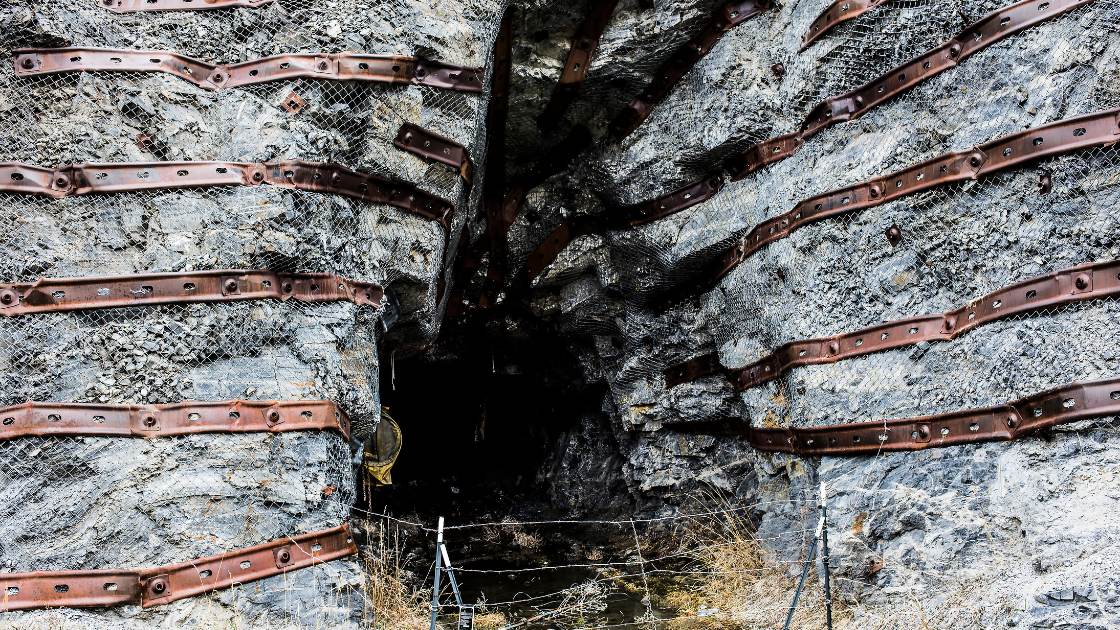Driving in the Desert: What to Know Before Hitting the Road in Nevada
Friday 11th April 2025
Nevada’s vast open landscapes and stunning desert scenery make it perfect for unforgettable road trips. But the Silver State’s unique terrain and climate also create driving challenges that visitors should prepare for. Whether you’re planning to cruise the Las Vegas Strip or venture into remote backcountry roads, here’s what you need to know about driving safely and comfortably through Nevada’s diverse environments.
Preparing for Desert Driving Conditions
Nevada’s desert climate demands special preparation before hitting the road. Summer temperatures regularly soar above 110°F in southern regions, while winter can bring freezing conditions and occasional snow, especially in mountainous areas. These extreme conditions can affect both your vehicle and your safety.
Before any Nevada road trip, have your vehicle thoroughly checked. Ensure your cooling system is functioning properly, as overheating is a common issue in desert driving. Check all fluid levels, including coolant, oil, transmission fluid, and power steering fluid. Make sure your air conditioning is working effectively – it’s not just about comfort but safety in extreme heat.
Pay special attention to your tires before and during your trip. Desert heat can significantly increase tire pressure while driving, potentially leading to blowouts. Start with properly inflated tires and check them regularly, preferably when they’re cold. Remember that tire pressure can fluctuate by 1-2 PSI for every 10-degree change in temperature.
Essential Items to Pack
When driving through Nevada, your emergency kit should go beyond the basics. Always carry more water than you think you’ll need – at least one gallon per person per day, plus extra for your vehicle if needed. Pack non-perishable food items that won’t melt in extreme heat, like energy bars and nuts.
Navigation tools are crucial in areas with limited cell service. Bring physical maps or download offline maps for your route. A GPS device that doesn’t rely on cellular data can be invaluable in remote areas. Don’t count on your smartphone working everywhere – large portions of rural Nevada have no service.
Your emergency kit should include: jumper cables, flashlights with extra batteries, a basic tool kit, duct tape, a fire extinguisher, reflective warning triangles, a first-aid kit, sunscreen, hats, and extra clothing layers for temperature changes. Consider adding a tarp for shade in case of breakdowns and a portable phone charger or power bank.
Navigating Limited Service Areas
One of Nevada’s biggest driving challenges is the significant distance between service stations. The stretch of Highway 50, famously dubbed “The Loneliest Road in America,” features sections where you might drive for over 100 miles without seeing a gas station or service area.
Plan your fuel stops carefully by researching locations of gas stations along your route. A good rule in Nevada: never let your tank drop below half-full. Gas stations that appear on maps may have limited hours or could be temporarily closed, especially in smaller towns.
Major fuel stops can be found in Reno, Las Vegas, Elko, Tonopah, Ely, Winnemucca, and along Interstate 80. If your route takes you through remote areas like Highway 95 between Las Vegas and Reno or Highway 50 across central Nevada, identify specific towns with services and their operating hours.
Optimal Driving Times
Timing your drives strategically can significantly enhance safety and comfort, especially during summer. The best times to drive during hot months are early morning (before 10 AM) and evening (after 6 PM), when temperatures are more moderate and the glare from the sun is less intense.
If you must drive during peak daytime hours in summer, ensure your vehicle’s air conditioning is functioning properly and take frequent breaks in shaded or air-conditioned areas to prevent heat-related illness. Keep in mind that asphalt temperatures can exceed 170°F during summer afternoons, which affects your vehicle’s performance and tire pressure.
Winter brings its own timing considerations, particularly in northern Nevada and mountain passes. Roads like Interstate 80 through the Sierras can experience sudden snowstorms and closures. During winter months, plan to complete mountain driving during midday when temperatures are warmest and visibility is best.
Your Nevada Adventure Starts with Easirent
At Easirent Nevada, we understand the unique demands of desert driving. Our fleet is regularly maintained to handle Nevada’s challenging conditions, and our Las Vegas branch staff can provide personalized advice for your specific route. Whether you need a fuel-efficient compact for city exploration or a robust SUV for ventures into more remote areas, we have vehicles ready for your Silver State adventure.
Before setting out, chat with our rental agents about your planned route – they can offer local insights about current road conditions, construction, and weather advisories that might affect your journey. With proper preparation and the right vehicle from Easirent, you’ll be ready to experience everything Nevada has to offer, from glittering city lights to spectacular desert solitude.





